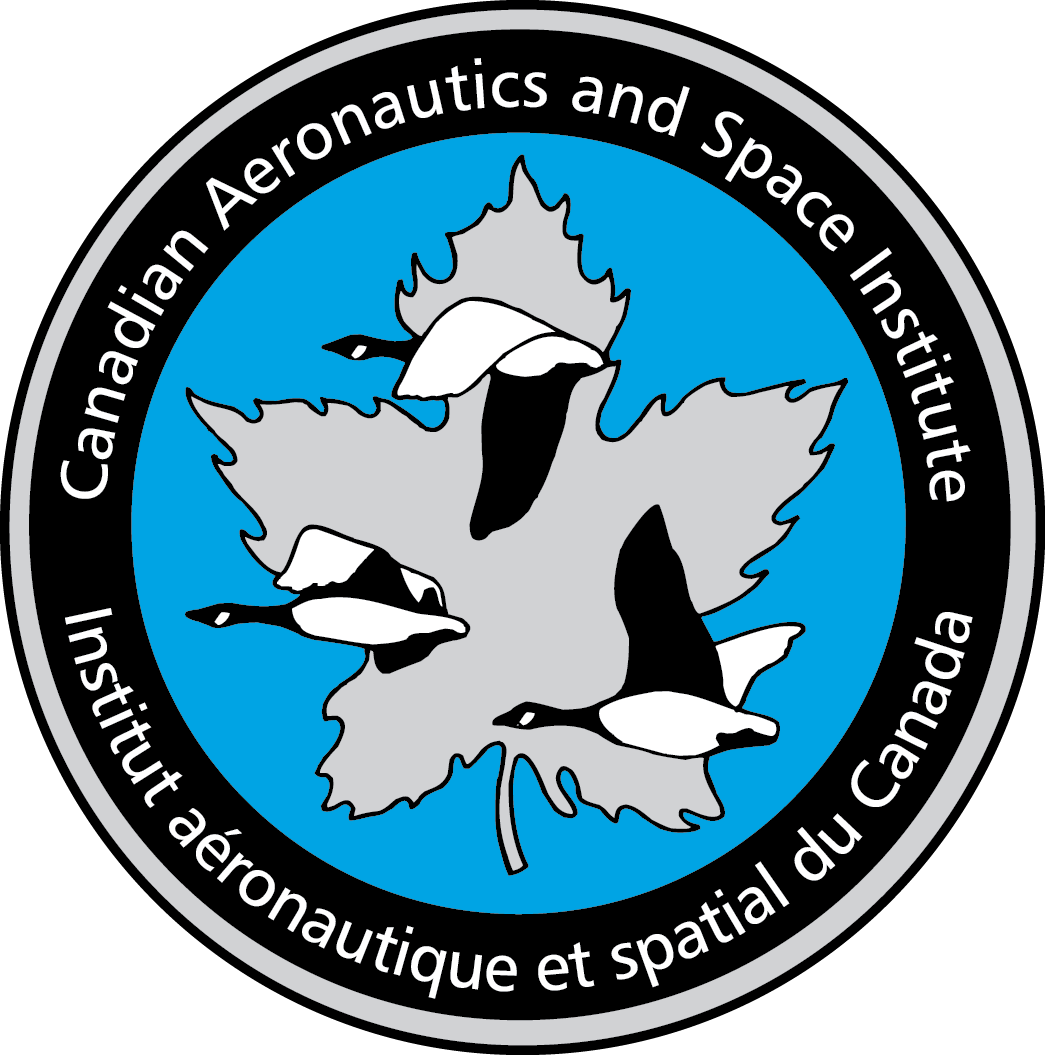Originally recorded 2021.04.22
Synopsis
With the onset of the COVID-19 pandemic, airlines worldwide increased the frequency of aircraft disinfection manyfold. At the core of each type of disinfection, a chemical-based application is used to help reduce pathogenic concentrations on surfaces. While effective, chemical disinfection has many disadvantages.
UVC light-based disinfection has strong scientific backing demonstrating efficacy against numerous pathogens studied in the past few decades, including recent studies that show its efficacy against SARS-CoV-2. With feedback from our operator community worldwide on the need for a less intrusive disinfection methodology, De Havilland Canada supported aero hygenx in the design, development, and testing of RAY – an autonomous UVC light-based disinfection robot for use on aircraft. The goal was to create a sustainable, consistent, and chemical-free disinfection solution, not just for the current coronavirus threat but also for variants and novel pathogens that may arise in the future. De Havilland Canada has also completed an extensive material compatibility study to determine any effects (particularly those that might affect airworthiness) of repeated UVC disinfection on materials found on the Dash 8 aircraft.
De Havilland Canada and aero hygenx developed the solution to be applicable not just on the Dash 8 aircraft but for the aviation industry in general. RAY is currently being introduced in-service and airlines are implementing UVC light-based disinfection on the Dash 8 and other aircraft. This presentation will share a journey of how UVC disinfection went from a small vision to a reality through RAY in a matter of months.
Presenter
Thineshan Kathirchelvan is a Senior Engineering Specialist at De Havilland Canada, specializing in Acoustics & Vibration. He is working on cabin noise, community noise, and vibration environment on the Dash 8 series of aircraft. Prior to joining De Havilland Canada in 2019, he worked at Bombardier Aerospace on several developmental and sustaining aircraft programs. His main interest lies in experimental Acoustics & Vibration, and he has contributed to research & development projects on various programs to develop novel technologies for noise and vibration reduction. With the onset of the pandemic, he developed an interest in pursuing disease transmission dynamics in air travel and has focused on projects that could mitigate the impact of the pandemic on the aviation industry.
